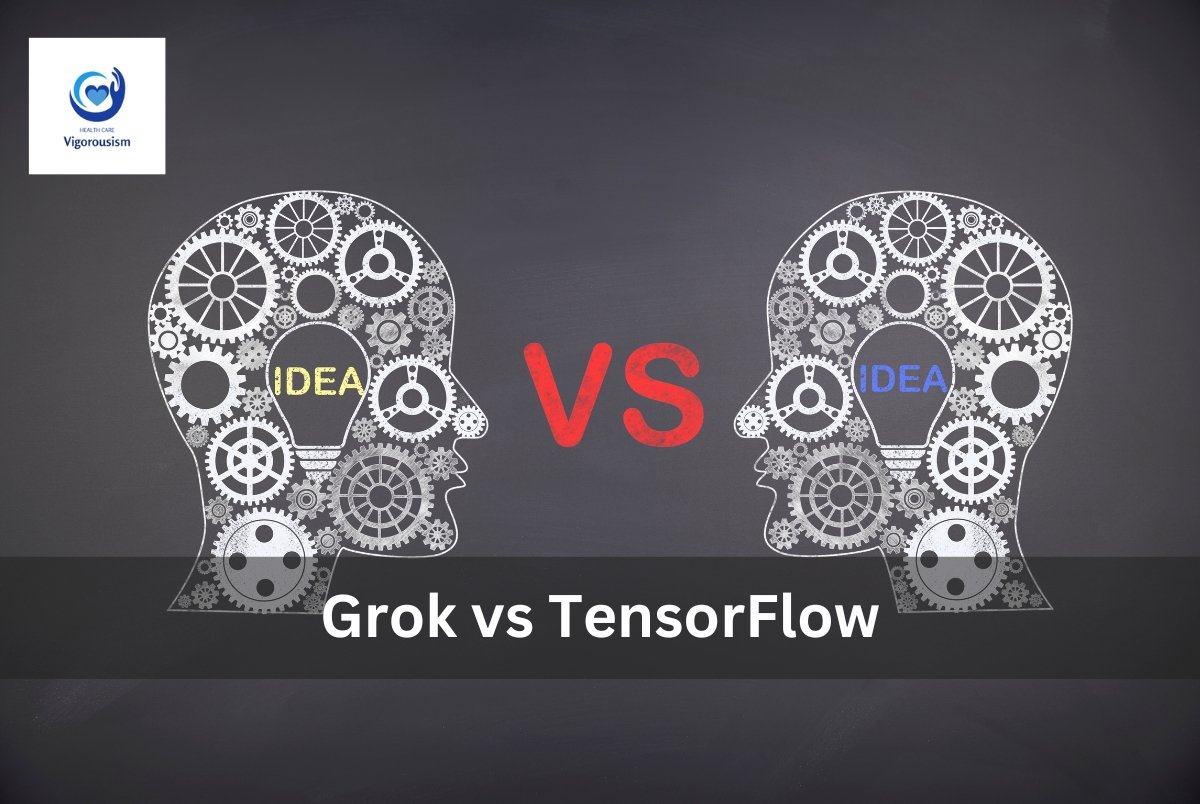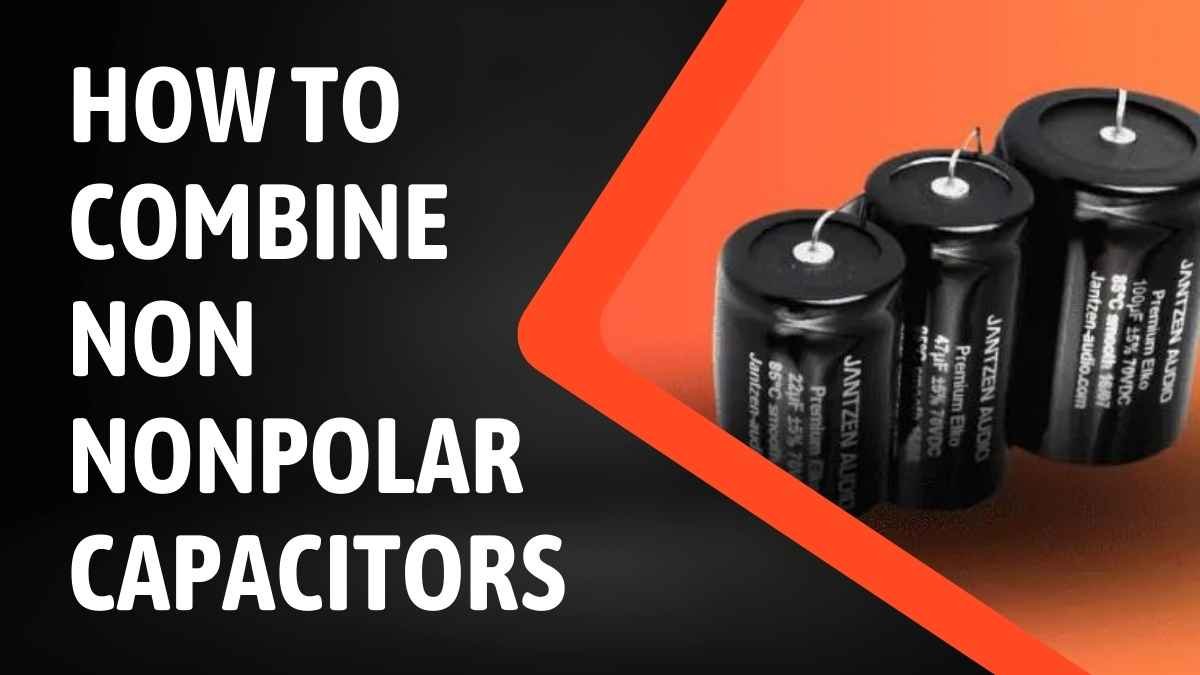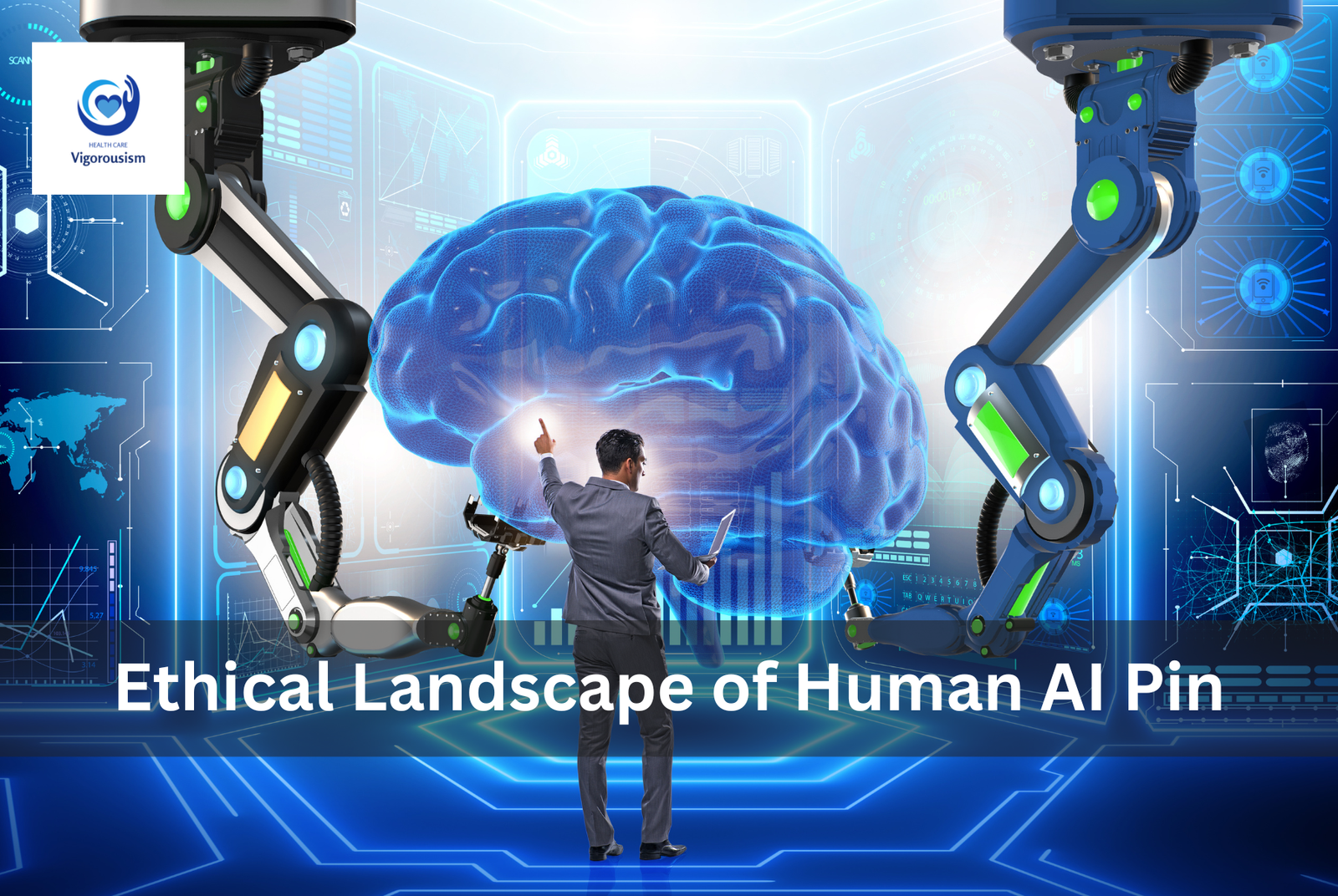In the ever-evolving realm of artificial intelligence, deep learning has emerged as a transformative force, revolutionizing the way machines perceive and interact with the world. At the heart of this revolution lie deep learning frameworks, providing developers with the tools and infrastructure necessary to construct, train, and deploy sophisticated deep learning models. Among the plethora of frameworks available, Grok vs TensorFlow stands out as two prominent contenders, each with its own unique strengths and characteristics.
This comprehensive comparison delves into the intricacies of Grok vs TensorFlow, guiding readers toward the most suitable choice for their specific deep-learning endeavors. We will explore the key features, performance, flexibility, and suitability for different applications of both frameworks, providing insights into their respective strengths and limitations. Additionally, we will examine the future directions and trends in deep learning frameworks, highlighting potential advancements and their impact on Grok and TensorFlow.
Grok vs TensorFlow: A Domain-Specific Powerhouse
Grok, developed by Google AI, is a high-level, domain-specific framework meticulously crafted for the intricacies of natural language processing (NLP) tasks. Its architecture seamlessly integrates various NLP techniques, including tokenization, stemming, lemmatization, and n-gram analysis, enabling developers to effortlessly construct robust NLP models. This domain-specific focus renders Grok vs TensorFlow an ideal choice for projects that primarily involve natural language processing, such as sentiment analysis, text classification, and machine translation.
Key Features of Grok:
Grok’s architecture is specifically designed for NLP tasks, providing a comprehensive suite of tools and functionalities that streamline the development process and enhance the efficiency of NLP model construction.
- Support for distributed deployment:
Grok’s support for distributed deployment enables it to handle large and complex datasets by distributing the processing workload across multiple machines.
- Ease of Use for NLP Experts:
Grok’s intuitive API and concise syntax make it easy for developers with NLP expertise to quickly grasp the framework and focus on model development. Its user-friendly interface further simplifies the process, making Grok vs TensorFlow accessible to a wide range of NLP practitioners.
- Flexibility and Adaptability: Grok’s modular design enables customization and adaptation to diverse NLP tasks, catering to projects of varying complexity. Its extensible architecture accommodates custom components and advanced NLP techniques, ensuring that Grok vs TensorFlow can evolve alongside project requirements.
TensorFlow: A Versatile and Widely Adopted Framework
TensorFlow, developed by Google Brain, is a versatile, open-source framework that caters to a broad spectrum of machine learning tasks, encompassing deep learning, natural language processing, and computer vision. Its popularity stems from its user-friendly interface, extensive documentation, and the vast collection of pre-trained models. This generality makes TensorFlow an attractive choice for developers working on a wide range of deep learning projects, as it provides a single framework for addressing diverse task domains.
Key Features of TensorFlow:
- Generality and Adaptability:
TensorFlow’s applicability across various machine learning domains makes it a versatile choice for diverse projects. Its ability to handle a wide range of tasks makes it a valuable asset for developers working on various deep-learning applications.
- Easier experience debugging:
Eager Execution allows users to see the results of their operations immediately, without having to define a static computation graph. This makes it easier to experiment with different models and to debug errors.
- Active Community Support:
TensorFlow boasts a large and active community of users and developers, providing a wealth of resources, documentation, and support. This extensive community makes it easier for developers to find assistance when needed and stay updated on the latest advancements.
- Vast Collection of Pre-Trained Models:
TensorFlow offers a vast library of pre-trained models for various machine-learning tasks, providing a solid foundation for model development. These pre-trained models serve as a starting point, allowing developers to fine-tune and adapt them to their specific project requirements, saving significant time and effort.
Comparative Analysis: Unveiling the Distinctions
To effectively compare Grok vs TensorFlow, it is essential to evaluate their performance across key aspects such as ease of use, performance, flexibility, and suitability for different applications.
Ease of Use
Grok’s domain-specific focus makes it easier to learn and use for NLP tasks, as its API and documentation are specifically tailored for natural language processing. However, its domain-specific nature may require additional effort for developers with limited NLP experience to grasp its applicability beyond NLP tasks.
TensorFlow’s generality may require additional effort to grasp its applicability beyond NLP, as its API and documentation cover a broader range of machine learning domains. However, its extensive documentation and user-friendly interface make it accessible to developers with varying levels of experience, even those with limited machine-learning expertise.
Performance
Both Grok vs TensorFlow exhibit competitive performance, with Grok excelling in NLP-specific tasks and TensorFlow demonstrating versatility across various domains. Grok’s domain-specific optimizations and focus on NLP algorithms make it particularly well-suited for NLP tasks, while TensorFlow’s general-purpose architecture and an extensive array of functionalities enable it to handle a wide range of deep learning applications effectively.
Flexibility
Grok’s modular design enables customization and adaptation to diverse NLP tasks, catering to projects of varying complexity. Its extensible architecture accommodates custom components and advanced NLP techniques, ensuring that Grok vs TensorFlow can evolve alongside project requirements.
TensorFlow’s generality and extensive collection of pre-trained models provide flexibility in addressing a wide range of deep learning tasks. Its open-source nature allows for customization and adaptation to specific project requirements, making it a versatile tool for developers.
Conclusion:
The choice between Grok vs TensorFlow hinges on the specific needs and preferences of the developer and the nature of the project. For projects primarily involving natural language processing, Grok’s domain-specific expertise and ease of use for NLP tasks make it an ideal choice. Conversely, for projects spanning a broad range of deep learning domains, TensorFlow’s versatility, extensive documentation, and a vast collection of pre-trained models make it an attractive option.
In conclusion, both Grok vs TensorFlow stand as powerful tools for deep learning development. Developers should carefully consider their specific project requirements and preferences when selecting the framework that best suits their needs.
Read more:
8 Compelling Reasons Why Lasik is Worth the Investment
Navigating the Ethical Landscape of Human AI Pin: Balancing Innovation and Responsibility
AI Scheduling Assistants: Reclaim Your Time and Boost Productivity



